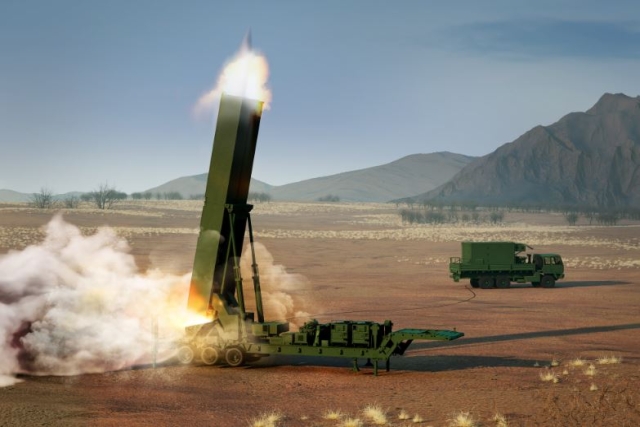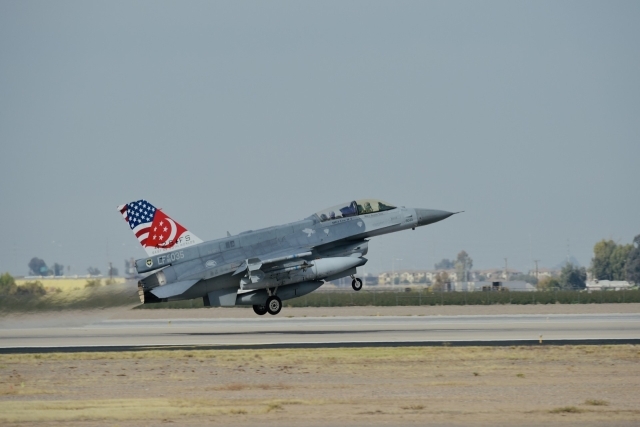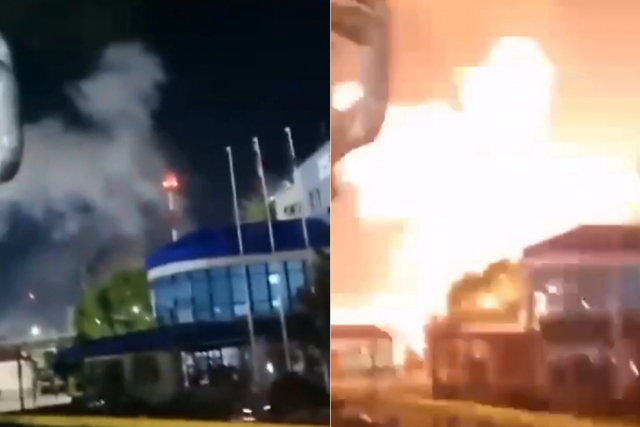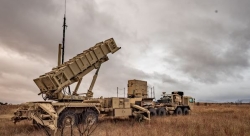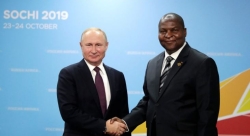Q&A with Martin Gagne, Group President, Military Products, Training & Services, CAE

Mr. Martin Gagne, Group President, Military Products, Training & Services, CAE
Defenseworld.net interviewed Mr. Martin Gagne, Group President, Military Products, Training & Services, CAE
DW : What will you be demonstrating at Aero India 2011?
Martin Gagne: CAE is showcasing technology to meet Indian and regional requirements. CAE’s exhibit at Aero India 2011 will feature a range of simulation-based technology and capability demonstrations aimed at helping civil and military customers enhance safety, efficiency, and mission readiness. We will showcase an integrated unmanned aerial system (UAS) mission training solution capable of representing any UAS platform or sensor suite. The demonstration features a medium altitude long endurance (MALE) UAS performing a non-traditional intelligence, surveillance, and reconnaissance mission over a high-fidelity common database (CDB). In support of fast jet pilot training, CAE has developed a suite of simulation capabilities to enhance air-to-air combat maneuver training so we will demonstrate this CAE STRIVE Air Combat Environment software solution at Aero India. The Indian defence forces have a range of requirements in the coming years for training systems related to unmanned systems as well as fighters, and CAE’s simulation technologies can fit these requirements. We will also highlight the CAE SimfinityTM Virtual Simulator (VSIM), which is a powerful familiarization and practice tool for pilot training. The VSIM offers the functionality of a full-flight simulator (FFS) on a laptop or desktop computer, providing the pilot the capability to perform almost all procedures as if they were in the cockpit of an FFS. Finally, we will demonstrate some CAE SimfinityTM e-Learning courses that provide accessible, operational training for pilots and maintenance technicians.
DW : Is there a good market in India and the region for simulation systems?
Martin Gagne: The market for simulation and modeling in India and the region is quite extensive. At a macro-level, simulation offers a number of advantages that address an ever-increasing global threat level and new economic constraints that are pressuring top-line defence spending. The cost savings from the use of modeling and simulation is considerable. The cost of fuel, detrimental environmental impacts, and significant wear and tear on weapon systems all point to the greater use of simulation and synthetic training. Equally important as a market driver, however, is that the current state of simulation is so highly realistic that it has become an integral tool for training and mission rehearsal. India’s defence forces, and other defence forces in the region, are in a perfect position to extend their use of simulation to help ensure the training and readiness of their defence forces. The Indian Defence forces are recognizing the benefit modeling and simulation can provide to enhance their operational training while reducing costs, and they are now requiring high fidelity simulation for all their major platform acquisitions.
DW : Can you highlight how CAE’s simulation technologies and training services are unique?
Martin Gagne: The simulation-based technologies we’ll be showcasing at Aero India are a sampling of some of the latest civil and military simulation systems that CAE has developed. CAE is the world leader in modeling and simulation and the only ‘independent company’ specifically focused on applying simulation to analysis, training, and operations in the entire world. To be able to survive in this competitive environment, we have no choice, but to be the best in business in simulation and training. We try to develop efficient and effective simulation systems through R&D and we strive to maintain our technology leadership. Our civil and military customers come to CAE because they know they will get the very best in modeling, simulation and training that helps them enhance safety, efficiency and readiness. In summary, it is really CAE’s focus, experience and technology leadership in simulation and training that makes the company truly unique.
DW : What are your growth plans in India?
Martin Gagne: The Indian market is of strategic important to CAE and this importance is demonstrated in the investments CAE has made in India. These investments include the formation of CAE India Pvt Ltd following the acquisition of Macmet Technologies in 2007; the formation of a joint venture with HAL called the Helicopter Academy to Train by Simulation of Flying (HATSOFF) that opened India’s first advanced helicopter training centre last year; and a 150 person engineering centre of excellence in Bangalore. For the civil aviation market, CAE opened India’s first independent pilot training centre in Bangalore, initially for A320 and B737NG training. CAE and the Airports Authority of India jointly own the Rajiv Gandhi National Flying Institute in Gondia, and CAE also manages the Indira Gandhi Rashtriya Uran Akademi (IGRUA), the Indian government’s national flying institute. Our commitment to India and our view of the long-term prospects for the country are illustrated in our opening of a beautiful new aerospace and defence complex in Bangalore, which brings together most of CAE’s more than 300 employees in India. With the Indian aviation industry as well as the Indian defence forces facing growth challenges, CAE believes simulation and training will continue to take on more importance so we will continue to make significant investments in India and expect to significantly expand our business.
DW : What is CAE’s primary competitive edge?
Martin Gagne: CAE is somewhat unique in that the focus of the entire company is modeling, simulation and training. We invest a significant amount on R&D specific to this niche, and there are opportunities to leverage technologies between the civil and military markets. For example, in 2009 we launched a C$714 million R&D program called Project Falcon, which will expand CAE’s current modeling and simulation technologies and increase its capabilities beyond training into other areas of the aerospace and defence market, such as analysis and operations. Importantly, we leverage our global footprint to bring our modeling and simulation technologies into regional markets, which we are doing for India through CAE India Pvt Ltd. A good example is the CAE-developed Common Database (CDB), which was originally developed for the United States Special Operations Command and we are now leveraging in the global market to significantly enhance mission rehearsal capabilities. This is the kind of technology and innovation CAE can bring to market so defence forces can better use simulation to enhance safety, efficiency, and mission readiness. For the civil aviation market, quite simply no other company can offer a more comprehensive portfolio of products and services that can be tailored to an airline’s specific training requirements, from cadets all the way to captains.

